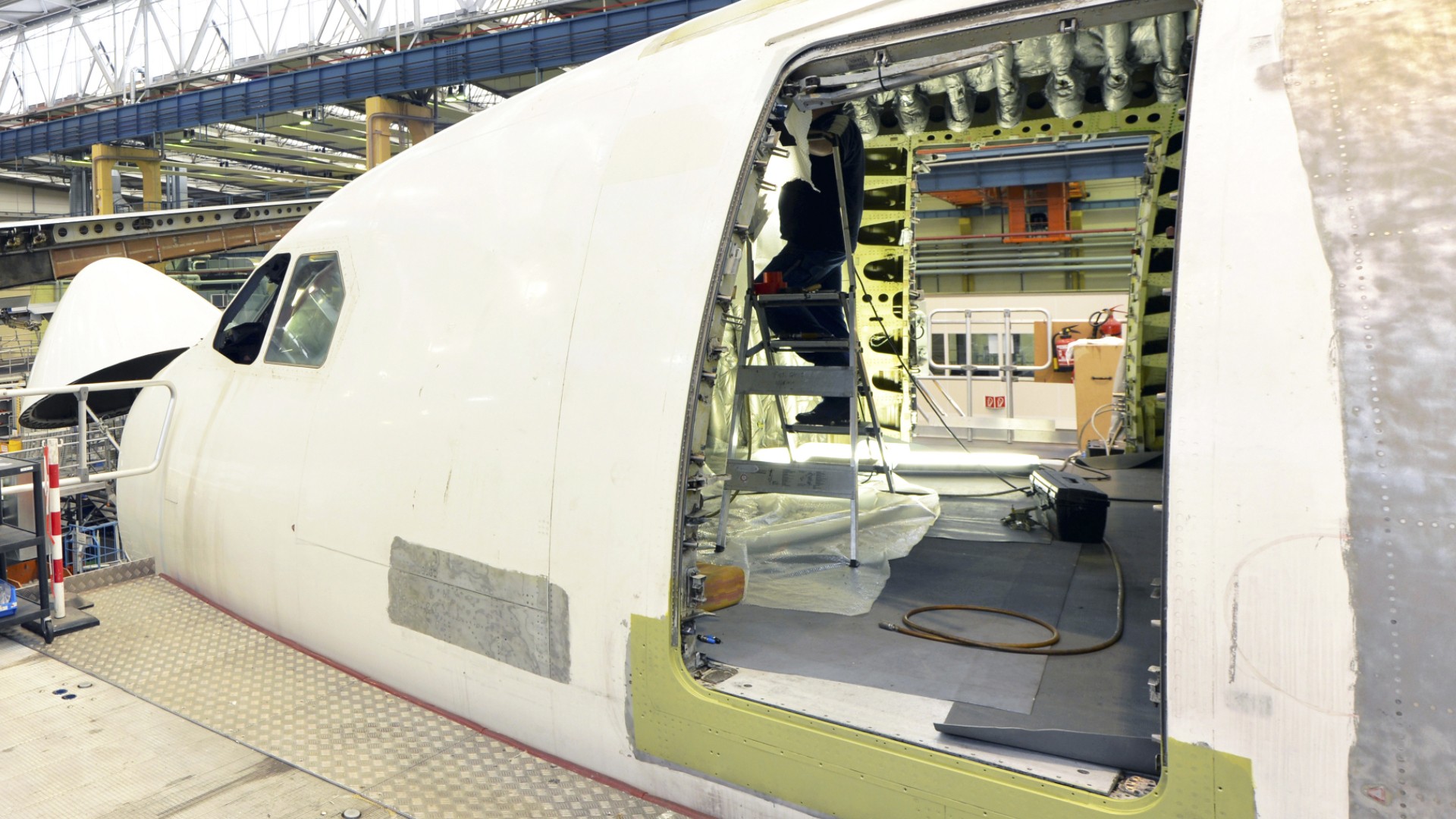Electrical & Electronic Equipment Assemblers
Assembler, Electrical Assembler, Electronics Assembler, Transformer Assembler
 Select a military branch to see samples.
Select a military branch to see samples.
Aerospace Ground Equipment; Airlift/Special Mission Aircraft Maintenance Helper, C-5; Bomber/Special Electronic Warfare and Radar Surveillance Integrated Avionics Helper, C-135/25 AF Systems/Carry-on EW; Bomber/Special Integrated Communication/Navigation/Mission Systems Helper, E-4, VC-25; Bomber/Special Integrated Instrument and Flight Control Systems Helper, RC-135; Helicopter/Tiltrotor Aircraft Maintenance Apprentice, CV-22; Missile And Space Systems Electronic Maintenance Apprentice, ALCM; Radar, Airfield and Weather Systems (RAWS) Helper; Refuel/Bomber Aircraft Maintenance Journeyman, Any C-135/E-3/E-8; Tactical Aircraft Maintenance (5th Generation) Craftsman
AH-64 Armament/Electrical/Avionics Systems Repairer; Air Traffic Control (ATC) Operator; Air Traffic Control Equipment Repairer; Armament/Electrical/Avionics Repair Supervisor; Cyberspace and Electromagnetic Activities (CEMA) Senior Sergeant (CEMA Sr SGT); Electronic Warfare Specialist
Aviation Maintenance Technician; Avionics Electrical Technician; Electrician's Mate; Electronics Technician; Marine Safety Specialist Engineer; Naval Engineering Specialty
Air Traffic Control Communications Technician; Aircraft Avionics Technician, AV-8B; Aircraft Avionics Technician, U/AH-1; Aircraft Communications/Navigation/Radar System Technician, EA-6; Aircraft Electrical Systems Technician, F/A-18; Aircraft Electronic Countermeasures Systems Technician, EA-6B; Aviation Precision Measurement Equipment (PME) Calibration/Repair Technician, IMA; Communication/Navigation/Cryptographic/Countermeasures Systems Technician, IMA; Metrology Technician; Tactical Air Operations/Air Defense Systems Technician
Aircraft Electronic Identification (IFF) IMA Technician; Aviation Electrician's Mate; Aviation Electronics Organizational Level Technician; Cryptologic Systems Maintenance Technician; Electrical Systems Technician; Electrolytic Oxygen Generator (Model 6L16) Electrical Technician; Electronics Radar Systems Technician; Electronics Technician, Submarine, Navigation; Interior Communications Electrician; Shipboard Elevator Electrical Maintenance
No similar titles were found.
What they do:
Assemble or modify electrical or electronic equipment, such as computers, test equipment telemetering systems, electric motors, and batteries.
On the job, you would:
- Read and interpret schematic drawings, diagrams, blueprints, specifications, work orders, or reports to determine materials requirements or assembly instructions.
- Assemble electrical or electronic systems or support structures and install components, units, subassemblies, wiring, or assembly casings, using rivets, bolts, soldering or micro-welding equipment.
- Adjust, repair, or replace electrical or electronic components to correct defects and to ensure conformance to specifications.
Knowledge
Manufactured or Agricultural Goods
- manufacture and distribution of products
Engineering and Technology
- mechanical
Skills
Basic Skills
- reading work related information
- keeping track of how well people and/or groups are doing in order to make improvements
Problem Solving
- noticing a problem and figuring out the best way to solve it
Abilities
Hand and Finger Use
- put together small parts with your fingers
- hold or move items with your hands
Verbal
- listen and understand what people say
- communicate by speaking
Personality
People interested in this work like activities that include practical, hands-on problems and solutions.
They do well at jobs that need:
- Attention to Detail
- Dependability
- Achievement/Effort
- Cooperation
- Integrity
- Adaptability/Flexibility
Technology
You might use software like this on the job:
Enterprise resource planning ERP software
- Sage 100 ERP
- SAP software
Network connectivity terminal emulation software
- Rasmussen Software Anzio
- Terminal emulation software
Spreadsheet software
- Microsoft Excel
Education
Education: (rated 2 of 5)
high school diploma/GED or
no high school diploma/GED
usually needed
no high school diploma/GED
usually needed
Job Outlook
Bright
New job opportunities are very likely in the future.
Explore More
- Aircraft Structure, Surfaces, Rigging, & Systems Assemblers
- Electric Motor, Power Tool, & Related Repairers
- Electromechanical Equipment Assemblers
- Engine & Other Machine Assemblers
- Industrial Machinery Mechanics
You might like a career in one of these industries:
See more details at O*NET OnLine about electrical and electronic equipment assemblers.





